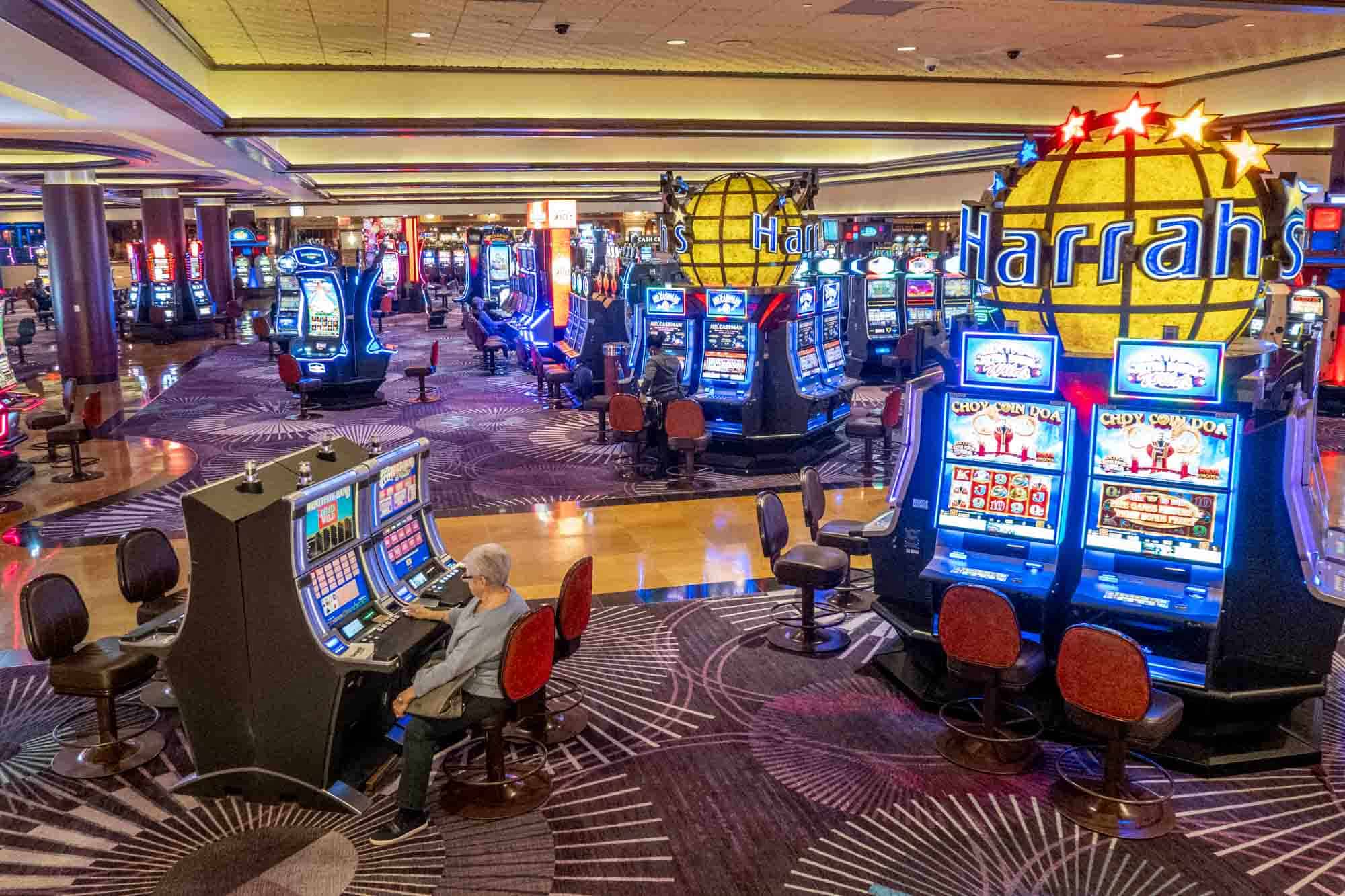
In the lively and exciting world of casinos, where luck and strategy intertwine, color and aesthetic play a pivotal role in drawing in gamblers. 78WIN đăng nhập tặng 78K From the moment players step into a casino or access a gaming website, they are enveloped in a sightly feast that captures their attention and entices them to discover further. Vivid colors, engaging graphics, and innovative layouts are meticulously crafted to create an environment of thrill and anticipation, ultimately improving the gaming experience.
As players move through the dynamic landscape of casino games, they encounter a variety of designs that not only serve visual purposes but also influence emotions and choices. Colors like scarlet and gold symbolize riches and luck, while soothing navy and emeralds can create a more relaxed environment. Grasping how these elements work together enables casinos to create an welcoming and stimulating atmosphere that encourages players to engage with the games, invest additional time at the tables, and increase their overall enjoyment.
The Psychology of Hue in Casino Games
Tint plays a critical role in the creation of gaming experiences, affecting players’ feelings and behaviors. Vivid and vibrant hues, such as crimson and yellow, are often used to stimulate enthusiasm and draw attention. These hues create a sense of pressure and energy, encouraging participants to involve themselves more enthusiastically with the experience. By strategically selecting tints, designers aim to evoke feelings of joy and expectation, which can enhance the overall player experience.
Various shades also have psychological associations that can impact how players perceive their chances of success. For example, emerald is frequently associated with fortune and abundance, making it a well-liked choice in activities like roulette and poker tables. This connection can cause participants to feel more positive and self-assured in their gaming, ultimately encouraging them to bet more. Grasping these associations allows game developers to craft environments that enhance player happiness and loyalty.
Furthermore, the layout of gaming interfaces often uses blended colors and differing hues to instruct player actions. For instance, winning results may be highlighted with bright, opposing shades, creating a visual reward. This approach strengthens positive outcomes and supports repeated participation. By exploiting the science of color, casinos can create activities that not only captivate participants but also maintain them interested and committed in their game experience.
Design Elements that Attract Gamers
The visual appeal of gambling games is largely influenced by the implementation of vibrant colors. Lively and contrasting colors are strategically chosen to create an appealing atmosphere that captures interest. For instance, crimson and golds often signify luck and prosperity, which is why they are common in the palettes of gaming machines and game surfaces. These colors not only attract players in, but they also evoke emotions related to thrill and anticipation, enhancing the overall gaming experience.
In parallel to color, the aesthetic and organization of casino games play a significant role in captivating players. Games are designed to be user-friendly, ensuring that players can easily understand the guidelines and mechanics. User-friendly interfaces, along with engaging graphics and motion, help maintain player interest and promote longer play sessions. The tactile elements, such as the feel of the buttons and the sounds of the games, also contribute to a holistic sensory experience that keeps players immersed.
In conclusion, conceptual elements in gaming design can significantly influence player choice. Many casino games are inspired by popular culture, myths, or adventure themes, incorporating symbols and characters that resonate with players. These themes create a sense of immersion and connection, making each game feel unique. When players feel a connection to the concept, they are more likely to choose that game over others, leading to higher participation and enthusiasm within the gambling environment.
Case Studies: Notable Casino Game Designs
One noteworthy example of effective gambling game design is the popular slot machine series themed around hit movies. Games such as those based on the Wizard of Oz and Game of thrones utilize bright colors and superior graphics to immerse players in well-known narratives. The use of moving visuals and entertaining sound effects grabs the attention of players, establishing an affective connection to the theme. This strategy not only fosters longer play but also improves the overall gaming experience, resulting in increased player retention.
Another notable case is the use of color in table games like 21 and roulette. Casinos often develop these games with dark reds and greens, colors traditionally linked with luck and wealth. For instance, the green felt on a 21 table provides a relaxing effect, while the crimson accents in roulette invite anticipation. This intentional use of color helps to foster an inviting atmosphere that motivates players to engage, fulfilling their psychological impulses and increasing their enjoyment.
Finally, social casino games that incorporate social features and bright, lively designs have seen remarkable success in engaging players. Games like Zynga Poker and Slotomania leverage striking colors and playful animations to create an inviting online environment. The integration of leaderboards, community sharing options, and in-game rewards promotes competition and community, drawing players in for longer sessions. 78WIN OKVIP Such designs merely make the games visually enticing but also underscore social interaction, a key factor in player retention and engagement within online casino environments.
